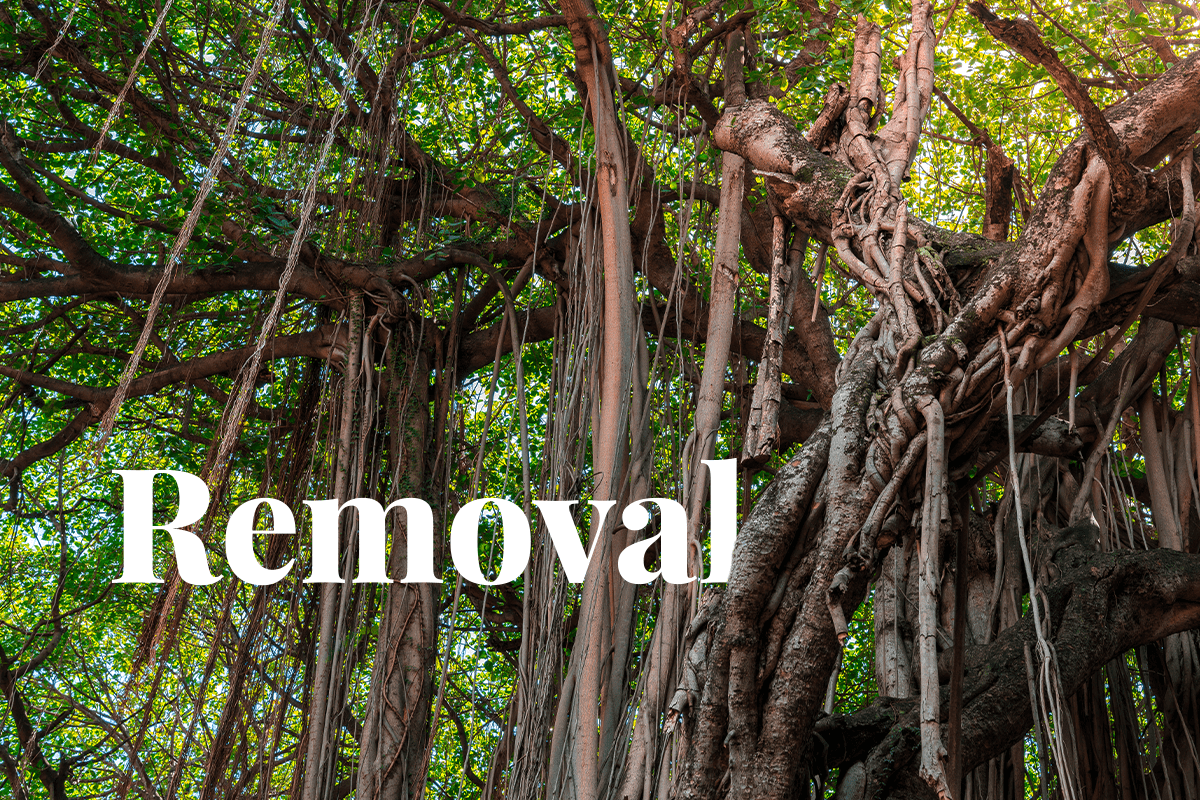Removing woody vines, known as lianas, from selected trees in managed forests globally could decrease atmospheric carbon dioxide by up to 800 million tonnes in the next 30 years, according to a study by the University of Florida, The Nature Conservancy, Conservation International, and other institutions, published in Forest Ecology and Management. Lianas currently affect around 250 million hectares of selectively logged forests across the world, reducing tree survival and growth rates and thus decreasing timber yields in managed forests. However, removing lianas from just five trees per hectare could remove 800 million tonnes of carbon dioxide—equal to Denmark's annual carbon emissions.
 Lianas around a giant tree.
Lianas around a giant tree.
The study discusses the potential of selectively removing lianas to increase tree growth rates and carbon sequestration in forests. Recent meta-analyses suggest that lianas reduce biomass accumulation in infested trees, and their removal is a viable strategy to foster tree growth rates.
Liana cutting is a natural climate solution activity that can provide significant action needed to support the Paris Agreement goals. The authors recommend limited liana cutting to release focal commercial trees, which typically contribute most of the timber for several future harvests. They suggest that managers restrict treatments to liberating 10 focal commercial trees per hectare at 25 to 35-year intervals and refrain from liana cutting in riparian areas and other set-asides.
Plant a tree with DGB and make the world a greener place
The study suggests that if 5 out of every 10 important trees in an area with lianas are freed from the lianas, their growth could double for the first 10 years after the treatment. This would result in more carbon being removed from the air and more wood being produced. The study takes a conservative estimate, meaning that the actual impact could be even greater than suggested. The authors note that even where liana infestations are artificially elevated, limited liana cutting may serve to return treated stands closer to their historical reference condition.
The study estimates that liana removal would cost less than $1.00/tonne of carbon dioxide and could boost the economic potential of selectively logged forests in line with countries' efforts to meet their Nationally Determined Contributions under the Paris Agreement. To mitigate against biodiversity impacts, the authors suggest that no more than 10 trees per hectare should be freed of lianas, with the remaining trees left untouched.
Creating a sustainable future for all implies taking strategic action across multiple sectors, taking into account the many implications any action could have on the environment. At DGB Group, our projects are designed and managed by a team of experts to fit each local context—both socially and environmentally—and to ensure that they deliver real, sustainable positive impacts.
For more details about how you can get involved, contact our experts

